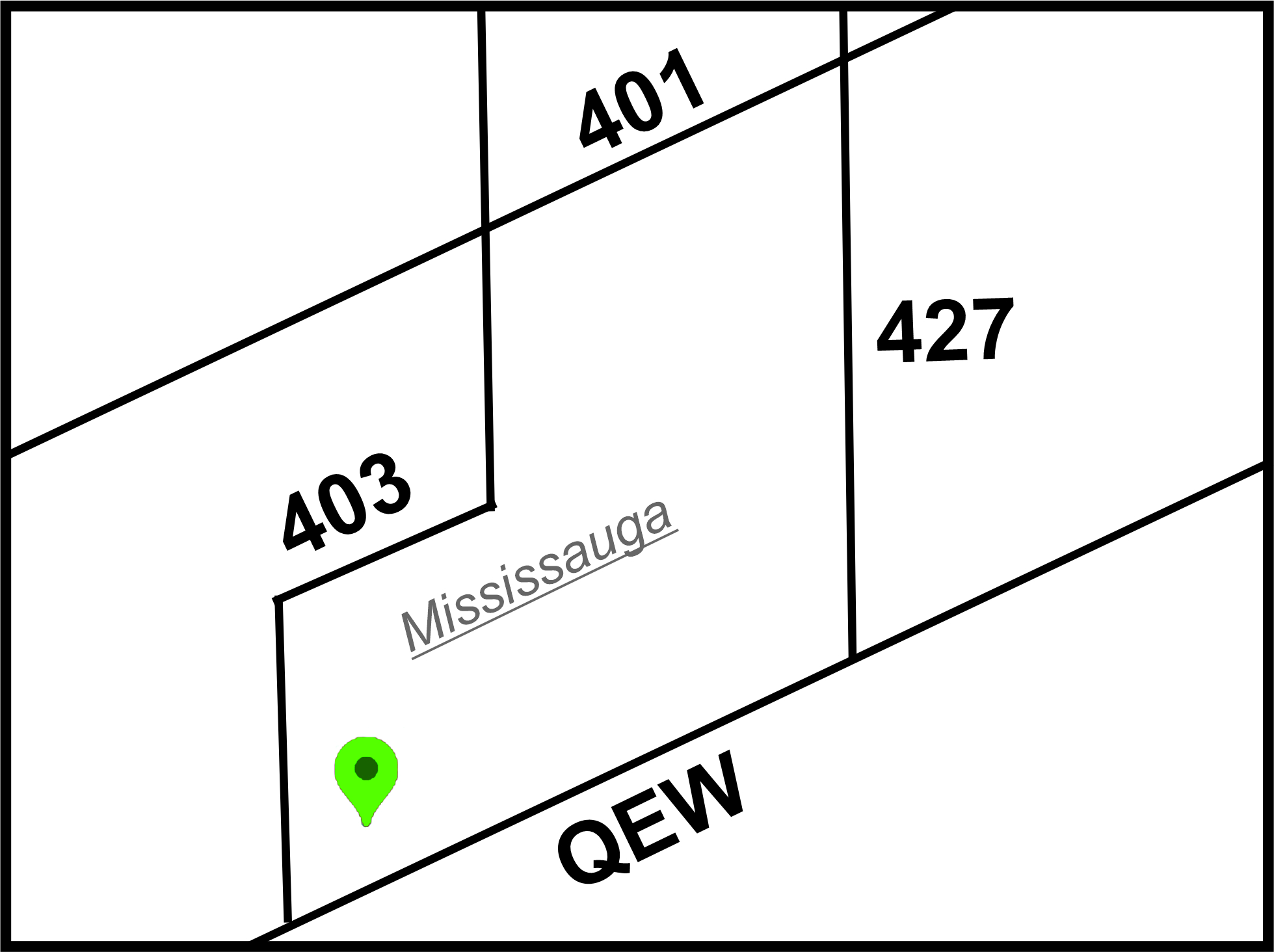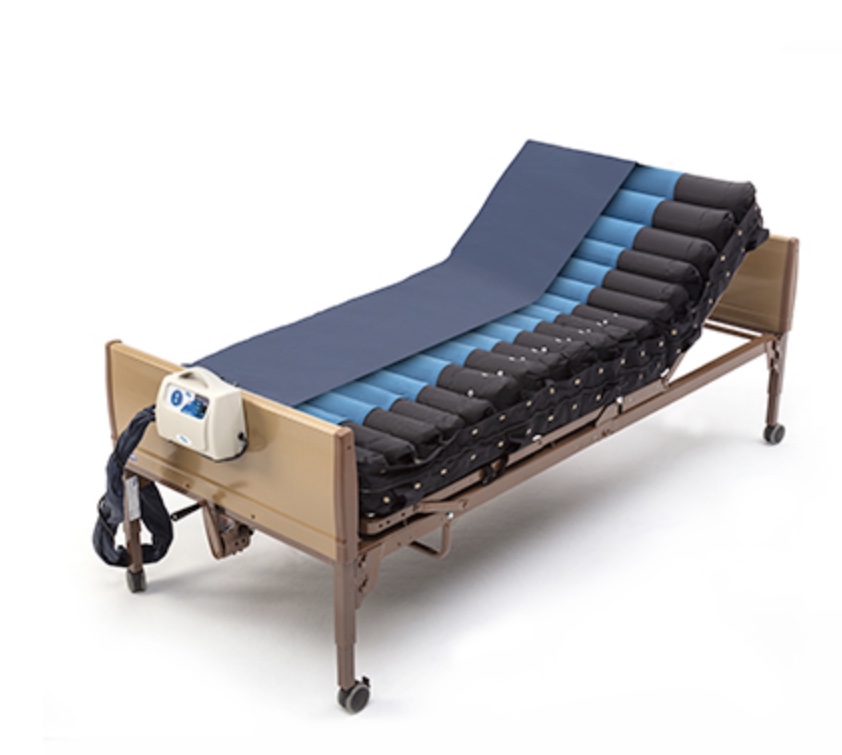
Blog Questions about beds and mattresses answered. And some stories told.
Bedsores, also known as pressure ulcers or decubitus ulcers, are injuries to skin and underlying tissues resulting from prolonged pressure on the skin. They commonly develop on skin that covers bony areas of the body, such as the heels, ankles, hips, and tailbone.
The National Pressure Ulcer Advisory Panel (NPUAP) classifies bedsores into four stages based on their severity:
1. Stage 1
The skin isn't broken but it's discolored. At this stage, the skin may feel warm and may either be firmer or softer than the surrounding skin. It can be painful and can appear red on people with lighter skin, and may appear purple or blue on people with darker skin.
Managing Stage 1
The key to treating Stage 1 bedsores is pressure relief. This means changing position frequently, which helps to relieve the pressure on the affected area. Special cushions, mattresses and other pressure-relieving devices can also be helpful. Good skin care is also important: keep the skin clean and dry, and moisturize it regularly.
2. Stage 2
The skin is broken, leaving an open wound, which looks like a blister or an abrasion. The area around it may be discolored.
Managing Stage 2
Treatment is similar to Stage 1 but with the addition of wound care. This usually involves cleaning the wound with a saltwater rinse and dressing the wound with a moisture-retaining bandage. Dietary changes may also be necessary to ensure proper nutrition for wound healing.
3. Stage 3
The ulcer is deeper, extending into the tissue beneath the skin, forming a crater. Fat may be visible in the wound, but not muscle, tendon, or bone.
Managing Stage 3
At this stage, the wound needs careful cleaning to promote healing and prevent infection. This may require the removal of dead, damaged, or infected tissue, a process known as debridement. A healthcare professional will often apply dressings to the wound to help absorb drainage and protect the surrounding skin. Nutritional support will also be necessary.
4. Stage 4
The ulcer shows large-scale loss of tissue, possibly exposing muscle, bone, or supporting structures such as tendon or joint capsule. Slough or eschar may be present, often with a significant depth, and the risk of infection is high.
Managing Stage 4
Bedsores at this stage require significant medical intervention. Treatment often involves surgery to remove dead tissue and sometimes to close the wound. Antibiotics are used if an infection is present. As with other stages, pressure relief and good nutrition are also important.
Unstageable
This is a category used when the true depth of a pressure injury is unknown because it is obscured by slough or eschar.
Managing Unstageable
Debridement is often needed to remove the slough or eschar so that the true depth of the wound can be determined. From there, treatment can proceed as for the appropriate stage.
Remember that prevention is always better than cure when it comes to bedsores. Regular repositioning, good skin care, a healthy diet, and keeping hydrated are all important in preventing bedsores. If a bedsore develops, it's important to seek medical advice as soon as possible.
(Nine Clouds Beds in Mississauga sells and delivers air mattresses for home hospital beds)



 Copyright © 2026 |
Copyright © 2026 |